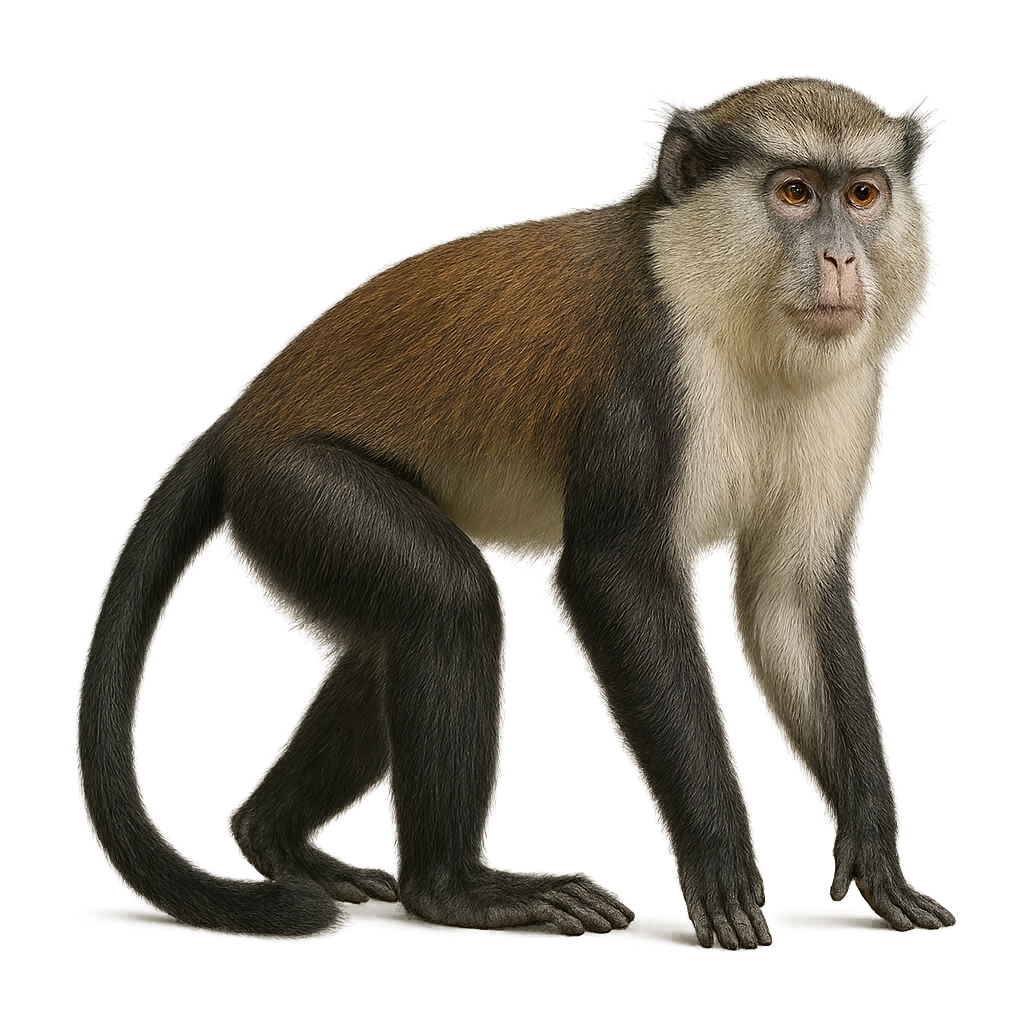Your wildlife photography guide.
Explore the mona monkey in detail, study its behavior, prepare your shots.
Where to observe and photograph the mona monkey in the wild
Learn where and when to spot the mona monkey in the wild, how to identify the species based on distinctive features, and what natural environments it inhabits. The WildlifePhotographer app offers tailored photography tips that reflect the mona monkey’s behavior, helping you capture better wildlife images. Explore the full species profile for key information including description, habitat, active periods, and approach techniques.
Mona Monkey
Scientific name: Cercopithecus mona

IUCN Status: Least Concern
Family: CERCOPITHECIDAE
Group: Mammals
Sensitivity to human approach: Suspicious
Minimum approach distance: 10 m
Rut period: September to November
Gestation: 160-170 jours
Births: February to March
Habitat:
Tropical forests, wooded savannas
Activity period :
Primarily active during the day, with peak activity in the morning and late afternoon.
Identification and description:
The Mona monkey, or Cercopithecus mona, is a medium-sized primate native to the tropical forests of West Africa. It is characterized by its golden-brown fur, white face, and long tail. Mona monkeys live in social groups and are known for their agility and ability to move quickly through the canopy. They primarily feed on fruits, but their diet also includes leaves, flowers, and insects. These monkeys are diurnal and spend most of their time foraging and socializing. Although generally wary of humans, they can become accustomed to their presence in protected areas.
Recommended lens:
400 mm – adjust based on distance, desired framing (portrait or habitat), and approach conditions.
Photography tips:
To photograph the Mona monkey, it is advisable to use a telephoto lens of at least 400mm to capture detailed images without disturbing the animal. The tropical forests they inhabit can be dark, so adjust your ISO to compensate for the lack of light. Be patient and wait for the monkey to become comfortable with your presence. The best light is often found early in the morning or late in the afternoon. Try to capture moments of natural behavior, such as feeding or social interaction, for more dynamic and interesting images.
The WildlifePhotographer App is coming soon!
Be the first to explore the best nature spots, track rutting seasons, log your observations, and observe more wildlife.
Already 1 430 wildlife lovers subscribed worldwide

